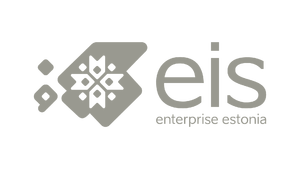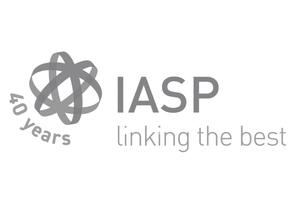26.10.2020
Haapsalu Neurological Rehabilitation Centre (HNRC) has a living laboratory
When thinking about a laboratory, test tubes or fine devices usually come to mind, but innovation can be tested at Haapsalu living laboratory. This means, for example, putting new products or services to the test, all in a real-life environment.
According to Kadri Englas, head of HNRC, manufacturers or healthcare institutions as well as research institutions can turn to a living laboratory for assistance.
“First, we tested individual ankle orthoses in children produced using innovative 3D printing technology in cooperation with a Latvian start-up company to gain experience in using 3D-printed orthoses to support a patient’s gait function or position therapy and compare them with conventional ankle orthoses in terms of functionality, ease of use and appearance,” explains Englas. “More than a year of testing included all children undergoing treatment at HNRC who needed orthoses.”
“In cooperation with Finnish company Sanoste OY, we tested the training exercise application ‘Sanoste Digital Trainer’, designed to help and motivate patients with exercises at home,” she gives an example. “To test the training system, we created ten simpler exercises for the upper body and arms and made the necessary videos for the exercises.” “The testing included 12 HNRC adult patients and four physiotherapists,” she adds. “After the patients had completed the exercise programme, we were able to provide feedback to the product developer for the creation of a better solution for both patients and therapists.”
Products, services as well as methodologies are welcome for testing at Haapsalu living laboratory. “We involve specialists and top technology from the rehabilitation laboratory of HNRC and the Centre of Excellence in Health Promotion and Rehabilitation in the activities of the living laboratory. If necessary, we also involve people receiving rehabilitation treatment,” explains Kadri Englas, head of HNRC.
Adding modern state-of-the-art rehabilitation equipment to HNRC’s extensive and long-term experience in rehabilitation results in an evidence-based consultation with a living laboratory tester, which in turn can create a better product or service to help our people.
According to Piret Hirv, head of the Connected Health Cluster managed by Tehnopol research and business campus, the introduction of innovative solutions in healthcare also requires testing solutions in cooperation with the specialists and patients who will eventually use the solution. “One of the strategic goals of the Connected Health Cluster is to create a network of living laboratories to create the opportunity to bring more innovative solutions to healthcare and make it easier for companies to bring solutions to market. We are very pleased that the testing process in Haapsalu has been well thought out and the first bold steps have been taken to bring innovative healthcare to everyday life,” confirms Hirv.
HNRC Living Laboratory services & prices
The Connected Health cluster led by Tehnopol Science Park is Estonia’s biggest healthcare tech community, uniting health service providers, health tech companies and all other key interest groups in the field. With the help of the cluster, it is possible to carry out national cooperation projects and export health technology solutions to other countries.
The activities of the cluster are co-financed by Enterprise Estonia.

















